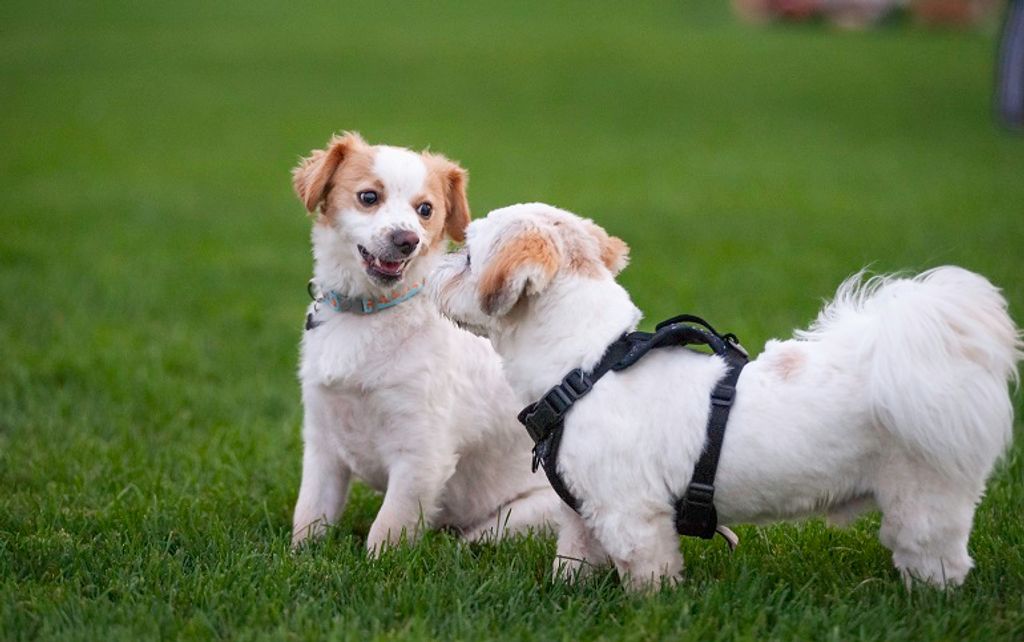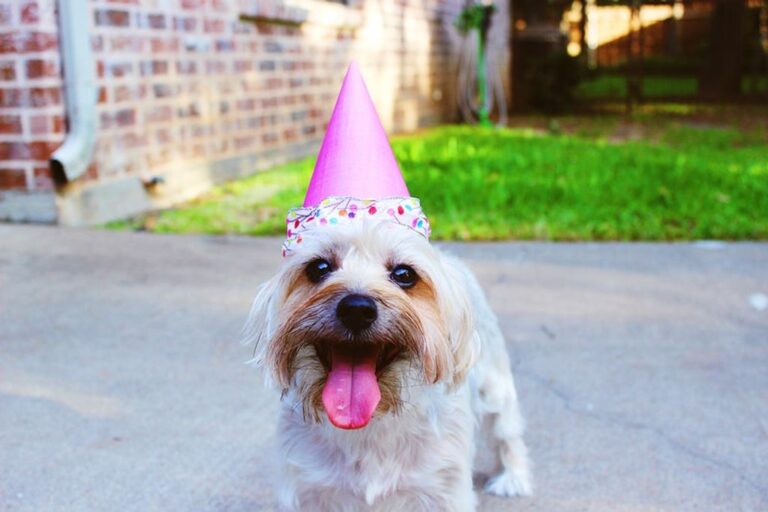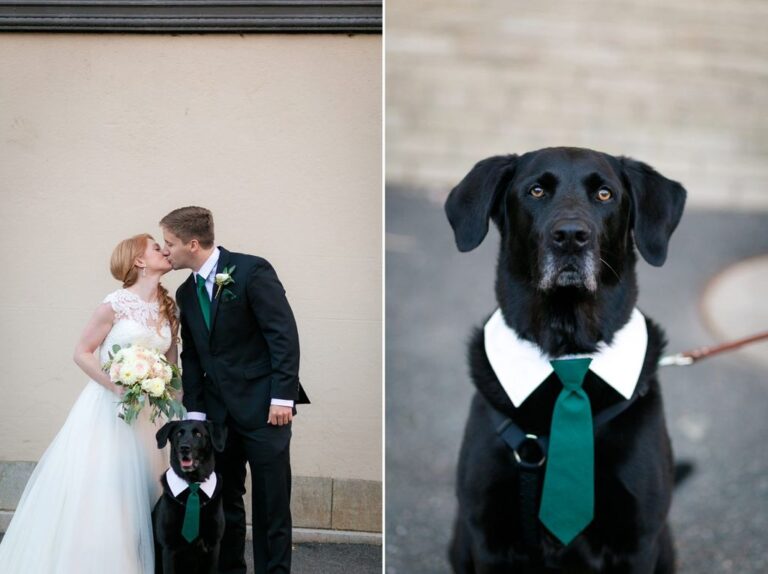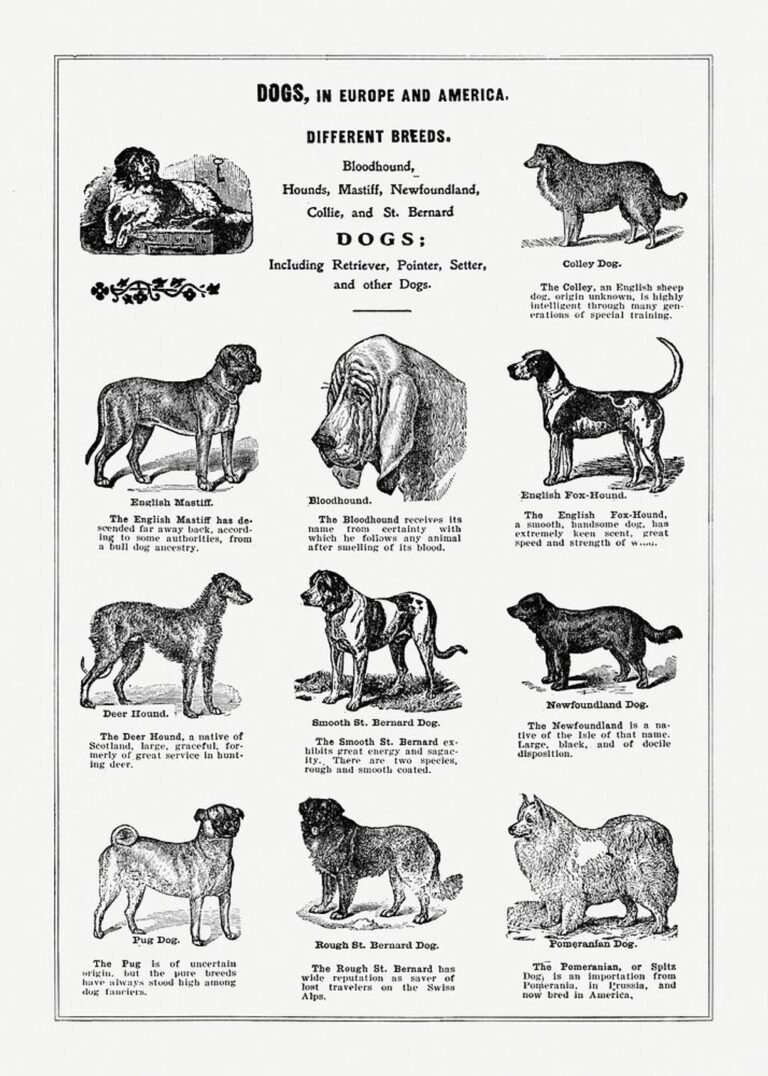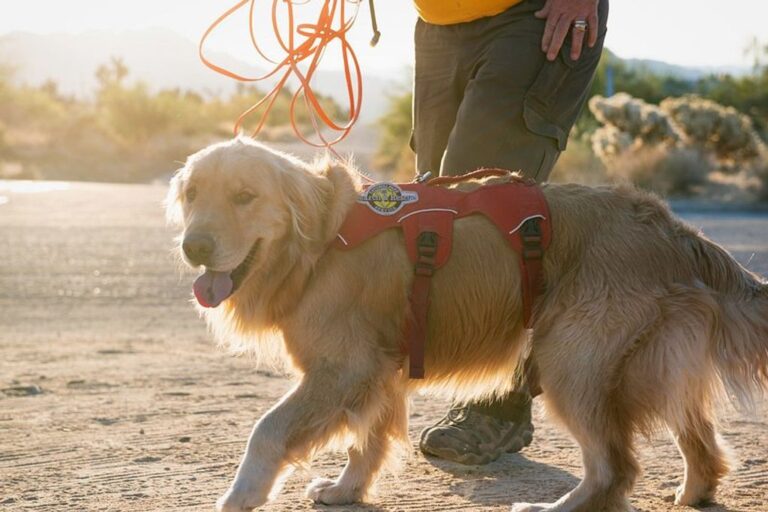Preparing Your Home for a New Puppy or Dog: A Comprehensive Guide
Preparing your home for a new puppy or dog is an exciting time, but it requires careful planning and preparation. This comprehensive guide will provide you with all the information you need to ensure a smooth transition for your new furry friend. From choosing the right breed for your home to training and maintaining a healthy lifestyle, we’ve got you covered. Read on to discover the key takeaways from each section.
Key Takeaways
- Consider your lifestyle and activity level when choosing a breed
- Research different breeds to find one that fits your family and home
- Evaluate your living space to ensure it is suitable for a dog
- Create a safe and secure environment for your new pet
- Purchase essential supplies such as food, water bowls, and a bed
Choosing the Right Breed for Your Home
Consider Your Lifestyle and Activity Level
When choosing the right breed for your home, it’s important to consider your lifestyle and activity level. Different breeds have different energy levels and exercise needs, so it’s crucial to find a dog that matches your lifestyle. If you’re an active person who enjoys outdoor activities, you may want to consider a breed that requires a lot of exercise, such as a Labrador Retriever or a Border Collie. On the other hand, if you have a more relaxed lifestyle, a breed with lower energy levels, like a Basset Hound or a Bulldog, may be a better fit.
To help you make an informed decision, here is a table comparing the exercise needs of different dog breeds:
| Breed | Exercise Needs |
|---|---|
| Labrador Retriever | High |
| Border Collie | High |
| Basset Hound | Low |
| Bulldog | Low |
Remember, it’s important to choose a breed that matches your activity level to ensure a happy and healthy relationship with your new furry friend.
Research Different Breeds
When researching different breeds, it’s important to consider your lifestyle and activity level. Some breeds require more exercise and mental stimulation than others, so it’s crucial to choose a breed that matches your energy level and daily routine. Additionally, evaluating your living space is essential. If you live in a small apartment, a large breed may not be suitable. On the other hand, if you have a spacious backyard, a high-energy breed may thrive.
To help you make an informed decision, here is a table comparing the exercise needs and size of popular dog breeds:
| Breed | Exercise Needs | Size |
|---|---|---|
| Labrador Retriever | High | Large |
| French Bulldog | Low | Small |
| Border Collie | Very High | Medium |
Remember, this table is just a starting point, and individual dogs may have different needs. It’s always best to research specific breeds and consult with a reputable breeder or rescue organization.
Lastly, it’s worth mentioning that each breed has its own unique traits and characteristics. Some breeds are known for being good with children, while others may be more independent. Take the time to learn about the breed’s temperament and any potential health issues they may be prone to.
Evaluate Your Living Space
Before bringing a new puppy or dog into your home, it’s important to evaluate your living space to ensure it is suitable for your new furry friend. Here are some key factors to consider:
- Size: Determine if your home has enough space to accommodate the size of the breed you are considering. Some breeds require more room to roam and play, while others are more adaptable to smaller living spaces.
- Indoor vs. Outdoor: Consider whether your living space is primarily indoors or if you have access to a secure outdoor area. This will help determine the type of breed that would thrive in your home.
- Safety: Assess any potential hazards in your home, such as toxic plants, exposed electrical wires, or open staircases. Make sure to puppy-proof your living space by removing any dangerous items or securing them out of reach.
- Noise Level: Take into account the noise level in your home and neighborhood. Some breeds are more sensitive to noise and may not be suitable for homes with constant loud noises or high activity levels.
Remember, creating a safe and comfortable living environment is essential for your new puppy or dog’s well-being.
Preparing Your Home for a New Puppy or Dog
Create a Safe and Secure Environment
When preparing your home for a new puppy or dog, it is crucial to create a safe and secure environment for them. This will help prevent accidents and ensure their well-being. Here are some key steps to take:
1. Remove Hazards: Before bringing your new pet home, carefully inspect your living space and remove any potential hazards. This includes securing loose wires, blocking off access to dangerous areas, and storing toxic substances out of reach.
2. Secure Fencing: If you have a yard, make sure the fencing is secure and free from any gaps or holes that your puppy or dog could escape through. Consider installing a sturdy gate to prevent them from wandering off.
3. Provide a Safe Space: Set up a designated area in your home where your pet can feel safe and comfortable. This could be a crate, a specific room, or a cozy corner with their bed and toys.
Tip: Dogs are den animals and often find comfort in having their own space. Providing them with a safe and secure area can help reduce anxiety and promote relaxation.
4. Use Baby Gates: If you want to limit your pet’s access to certain areas of your home, consider using baby gates. This can be especially useful during the initial adjustment period when your pet is still getting familiar with their new surroundings.
5. Store Valuables: Keep valuable items, such as shoes, electronics, and fragile decorations, out of your pet’s reach. Puppies, in particular, have a tendency to chew on things, so it’s important to protect your belongings.
By taking these steps, you can create a safe and secure environment for your new puppy or dog, ensuring their safety and well-being.
Purchase Essential Supplies
When preparing your home for a new puppy or dog, it is important to ensure that you have all the necessary supplies to provide for their needs. Some essential supplies you will need to purchase include:
- Food and water bowls: Choose bowls that are the appropriate size for your dog’s breed and size.
- Collar and leash: These are essential for walking and controlling your dog.
- Dog bed or crate: Provide a comfortable and safe sleeping area for your dog.
- Toys: Dogs need toys for mental stimulation and to prevent boredom.
It is important to choose high-quality supplies that are durable and safe for your dog. Consider the specific needs of your dog when selecting these supplies. Additionally, consult with your veterinarian for any specific recommendations or requirements for your dog’s breed or health condition.
Tip: Investing in good quality supplies from the beginning can save you money in the long run, as they will last longer and be more durable.
Set Up a Comfortable Sleeping Area
Creating a comfortable sleeping area for your new puppy or dog is essential for their well-being and overall happiness. Choosing the right bed is important to ensure your pet has a cozy and supportive place to rest. Consider their size, breed, and any specific needs they may have, such as orthopedic support for older dogs or a crate for puppies.
In addition to a bed, provide blankets or pillows for added comfort. Some dogs may prefer a soft and plush surface, while others may enjoy a firmer bed. Observe your pet’s preferences and make adjustments accordingly.
Location is also key when setting up a sleeping area. Find a quiet and peaceful spot in your home where your pet can relax and sleep undisturbed. Avoid areas with high foot traffic or noise that could disrupt their rest.
To further enhance your pet’s sleeping area, consider adding a crate or enclosure. This can provide a sense of security and create a designated space for your pet to retreat to when they need some alone time or a nap.
Remember, a comfortable sleeping area is essential for your pet’s overall well-being and will contribute to a happy and healthy life.
Establish a Feeding Routine
Establishing a feeding routine is crucial for your new puppy or dog’s overall health and well-being. Consistency is key when it comes to feeding times and portions. Here are some tips to help you establish a feeding routine:
- Set regular feeding times: Dogs thrive on routine, so it’s important to feed them at the same times every day. This helps regulate their digestion and prevents overeating.
- Measure the food: Use a measuring cup to ensure you’re providing the right amount of food for your pet’s size and age. This helps prevent obesity and ensures they’re getting the necessary nutrients.
- Choose a designated feeding area: Find a quiet spot in your home where your pet can eat without distractions. This helps them focus on their food and reduces the risk of food aggression.
Tip: Avoid feeding your dog table scraps or human food as it can lead to digestive issues and unhealthy eating habits.
Remember, establishing a feeding routine is not only important for your pet’s physical health but also for their behavior and training.
Introducing Your New Puppy or Dog to Your Home
Plan for a Smooth Transition
When bringing a new puppy or dog into your home, it’s important to plan for a smooth transition. This will help your pet feel comfortable and secure in their new environment. Here are some tips to ensure a successful transition:
- Gradually introduce your pet to different areas of the house: Start by allowing your pet to explore one room at a time, gradually expanding their access to other areas of the house. This will help them become familiar with their surroundings and reduce any feelings of overwhelm.
- Establish house rules and boundaries: Set clear rules and boundaries from the beginning. This includes where your pet is allowed to go, what furniture they can access, and any areas that are off-limits. Consistency is key in establishing these rules and enforcing them.
Tip: Use baby gates or closed doors to restrict access to certain areas of the house until your pet is fully trained and understands the rules.
Remember, patience and consistency are essential during this transition period. By taking the time to plan and introduce your new pet to your home in a gradual and structured manner, you can help them feel safe and secure.
Gradually Introduce Your Pet to Different Areas of the House
When introducing your new puppy or dog to different areas of your house, it’s important to take it slow and allow them to explore at their own pace. Patience is key during this process. Start by introducing them to one room at a time, gradually expanding their access to other areas of the house. This will help them feel more comfortable and prevent them from becoming overwhelmed.
To ensure a smooth transition, follow these steps:
- Supervise your pet during their exploration to ensure their safety and prevent any accidents or destructive behavior.
- Reward your pet with treats and praise when they successfully navigate a new area or follow your instructions.
- Create a positive association with each area by placing their toys, bedding, and familiar scents in different rooms.
Tip: Avoid forcing your pet into unfamiliar areas or overwhelming them with too much freedom too soon. Gradually increasing their access will help them adjust and feel more secure in their new environment.
Remember, every pet is unique, so be patient and adapt the process to their individual needs.
Establish House Rules and Boundaries
Establishing clear house rules and boundaries is essential for creating a harmonious environment for both you and your new puppy or dog. Here are some important guidelines to consider:
- Consistency: Be consistent in enforcing the rules and boundaries you set. This will help your pet understand what is expected of them and prevent confusion.
- Positive Reinforcement: Use positive reinforcement techniques, such as rewards and praise, to encourage good behavior. This will reinforce the desired behaviors and make your pet more likely to follow the rules.
- Avoid Punishment: Avoid using punishment as a means of discipline. Instead, focus on positive reinforcement and redirecting unwanted behaviors.
Tip: Create a designated space for your pet, such as a crate or a specific room, where they can retreat to when they need some alone time or when you need to limit their access to certain areas of the house.
Remember, establishing clear house rules and boundaries will help create a happy and well-behaved pet.
Training and Socializing Your Puppy or Dog
Start with Basic Obedience Training
Basic obedience training is an essential foundation for your puppy or dog’s overall behavior and well-being. It helps establish a strong bond between you and your pet while teaching them important commands and manners. Here are some key points to keep in mind when starting basic obedience training:
- Consistency: Be consistent with your commands, rewards, and expectations. This will help your pet understand what is expected of them.
- Positive Reinforcement: Use positive reinforcement techniques, such as treats and praise, to reward your pet for good behavior. This encourages them to repeat the desired actions.
- Patience: Training takes time and patience. Be patient with your pet and remember that they are learning and trying their best.
Tip: Keep training sessions short and frequent to maintain your pet’s focus and prevent them from getting overwhelmed.
Socialize Your Pet with People and Other Animals
Socializing your pet with people and other animals is crucial for their overall well-being and development. It helps them become comfortable and confident in various social situations, reducing the likelihood of fear or aggression. Here are some tips to help you socialize your new puppy or dog:
- Start early: Begin socializing your pet as early as possible, ideally during the puppyhood stage. This is when they are most receptive to new experiences and learning.
- Positive experiences: Ensure that your pet has positive experiences with different types of people and animals. Expose them to a variety of individuals, including children, adults, and individuals of different ethnicities.
- Supervised interactions: When introducing your pet to new people or animals, always supervise the interactions to ensure everyone’s safety. Gradually increase the duration and intensity of these interactions as your pet becomes more comfortable.
Tip: Consider enrolling your pet in puppy socialization classes or doggy daycare programs. These can provide structured environments for your pet to interact with other animals and receive guidance from professionals.
Address Behavioral Issues
Addressing behavioral issues is an important aspect of training and socializing your puppy or dog. It is crucial to identify and address any undesirable behaviors early on to ensure a harmonious relationship with your pet. Here are some steps you can take to address behavioral issues:
- Positive reinforcement: Use rewards and praise to encourage good behavior and discourage bad behavior.
- Consistency: Establish consistent rules and boundaries to provide structure and clarity for your pet.
- Redirecting: If your pet exhibits unwanted behavior, redirect their attention to a more appropriate activity.
- Professional help: If you are struggling to address behavioral issues on your own, consider seeking the assistance of a professional dog trainer or behaviorist.
Remember, addressing behavioral issues requires patience, consistency, and understanding. With the right approach, you can help your puppy or dog develop into a well-behaved and happy companion.
Maintaining a Healthy Lifestyle for Your Puppy or Dog
Schedule Regular Veterinary Check-ups
Regular veterinary check-ups are essential for maintaining the health and well-being of your puppy or dog. These check-ups allow the veterinarian to monitor your pet’s overall health, detect any early signs of illness or disease, and provide necessary preventive care. During these visits, the veterinarian will perform a thorough examination, including checking your pet’s weight, temperature, heart rate, and overall physical condition.
To ensure your pet receives the best possible care, it is important to follow the recommended schedule for veterinary check-ups. The frequency of these visits may vary depending on your pet’s age, breed, and any specific health concerns. Your veterinarian will be able to provide guidance on how often your pet should be seen.
In addition to regular check-ups, it is important to stay up to date on vaccinations and preventive medications. Your veterinarian will recommend the appropriate vaccines and medications based on your pet’s lifestyle and risk factors.
Remember, early detection and prevention are key to keeping your pet healthy and happy!
Provide a Balanced Diet and Regular Exercise
Providing a balanced diet and regular exercise are essential for the overall health and well-being of your puppy or dog. A nutritious diet that includes a mix of high-quality protein, carbohydrates, and fats will help support their growth and maintain a healthy weight. It’s important to consult with your veterinarian to determine the appropriate portion sizes and feeding schedule for your pet.
Regular exercise is crucial for keeping your dog physically and mentally stimulated. Daily walks, playtime, and interactive toys can help prevent obesity, promote cardiovascular health, and reduce behavioral problems. The amount of exercise needed will vary depending on your dog’s breed, age, and energy level.
To ensure your pet receives the right balance of nutrients, consider the following:
- Choose a high-quality dog food that is appropriate for your dog’s age, size, and specific dietary needs.
- Avoid overfeeding and monitor your dog’s weight to prevent obesity.
- Provide fresh water at all times to keep your dog hydrated.
Remember, a healthy diet and regular exercise are key components of responsible pet ownership.
Groom Your Pet Regularly
Regular grooming is an essential part of caring for your puppy or dog. Grooming helps to keep their coat clean and healthy, and it also allows you to check for any skin issues or parasites. Here are some important tips for grooming your pet:
- Brushing: Regular brushing helps to remove loose hair and prevent matting. Use a suitable brush for your dog’s coat type and be gentle to avoid causing any discomfort.
- Bathing: Depending on your dog’s breed and activity level, you may need to bathe them regularly. Use a dog-specific shampoo and make sure to rinse thoroughly to avoid any skin irritation.
- Nail Trimming: Keeping your dog’s nails trimmed is important for their comfort and health. Use dog nail clippers and be careful not to cut too close to the quick, which can cause bleeding.
Remember, grooming is not only about keeping your pet looking good, but it also helps to maintain their overall well-being.
Conclusion
Bringing a new puppy or dog into your home is an exciting and rewarding experience. By following the steps outlined in this comprehensive guide, you can ensure that your home is prepared to welcome your new furry friend. From creating a safe and comfortable environment to establishing a routine and providing proper training, there are many factors to consider. Remember to be patient and understanding as your new pet adjusts to their new surroundings. With love, care, and preparation, you and your new dog can enjoy a happy and harmonious life together.
Frequently Asked Questions
How do I choose the right breed for my home?
When choosing a breed, consider your lifestyle and activity level, research different breeds, and evaluate your living space to ensure compatibility.
What supplies do I need to prepare for a new puppy or dog?
Essential supplies include food and water bowls, a leash and collar, a crate or bed, toys, grooming tools, and appropriate food.
How can I create a safe and secure environment for my new pet?
Ensure your home is puppy-proofed by removing hazardous items, securing electrical cords, and setting up baby gates to restrict access to certain areas.
What should I consider when setting up a comfortable sleeping area for my pet?
Choose a quiet and cozy spot away from high traffic areas, provide a comfortable bed or crate, and consider using calming aids such as a white noise machine or a pheromone diffuser.
How can I introduce my new puppy or dog to different areas of the house?
Start by gradually allowing access to one room at a time, supervise their exploration, and reward positive behavior with treats and praise.
What is the importance of socializing my puppy or dog?
Socializing helps your pet develop good behavior, build confidence, and learn how to interact with people and other animals in a positive manner.
